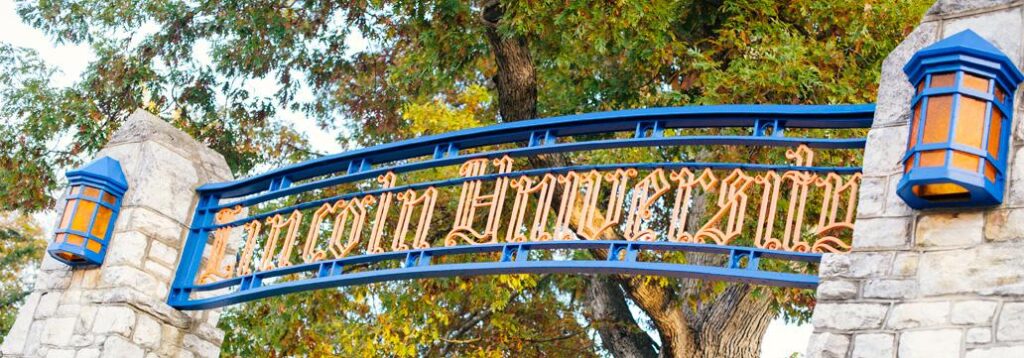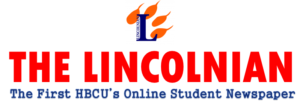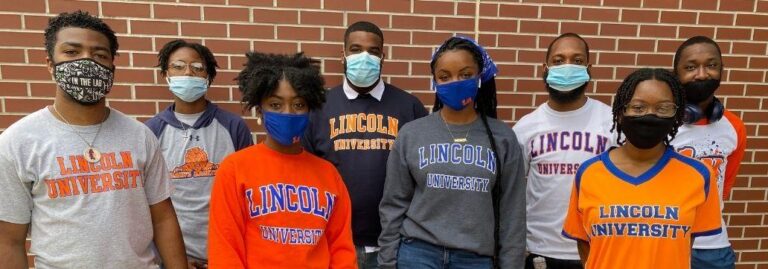Written by: Kyrah Page

Historically Black Colleges and Universities (HBCUs) have a rich legacy of providing higher
education to African American students in the United States. These institutions have played a
vital role in the advancement of Black communities and have produced numerous influential
leaders across various fields. Despite their significant contributions to American society, HBCUs
often find themselves overlooked in the media, particularly when they face challenges or
adversity, in contrast to predominantly White institutions (PWIs). This discrepancy in media
attention is a concerning issue that highlights the need for fair and equal representation of
HBCUs in the media.
When unfortunate events or crises occur at PWIs, they often receive widespread media coverage,
with news outlets providing in-depth reporting, analysis, and commentary. These incidents can
range from campus shootings, scandals involving faculty or administration, protests, or
controversies related to diversity and inclusion. The extensive media coverage often results in
national or even international attention, with in-depth investigations, debates, and discussions
that can last for weeks or months.
In contrast, when similar events occur at HBCUs, they tend to receive significantly less media
attention. For example, incidents such as budget cuts, accreditation challenges, declining
enrollment, or campus safety concerns at HBCUs may not receive the same level of coverage or
analysis in the media compared to similar issues at PWIs. The lack of equal attention in the
media can have detrimental consequences for HBCUs, as it can perpetuate stereotypes, affect
fundraising efforts, hinder recruitment and enrollment, and undermine the reputation and
credibility of these institutions.
The reasons behind the discrepancy in media coverage are complex and multifaceted. One
possible explanation is the racial bias that exists within the media industry, where news coverage
tends to prioritize stories related to PWIs, which are predominantly White institutions. This bias
can influence news editors’ decisions on which stories to cover, how much attention to give
them, and how they are framed or interpreted. Another factor could be the perceived notion that
issues at HBCUs are somehow expected or not as newsworthy compared to PWIs, which are
often seen as the norm or standard in higher education. This stereotype can result in HBCUs
being overlooked or dismissed as less important, leading to a lack of media attention when they
face challenges.
The consequences of this unequal media coverage can be damaging to HBCUs. Firstly, it can
reinforce negative stereotypes and misconceptions about HBCUs, perpetuating the false narrative
that these institutions are inherently problematic or inferior. This can have long-term
repercussions on HBCUs’ reputation and credibility, impacting their ability to attract students, faculty and resources.
Secondly, the lack of media attention can hinder HBCUs’ fundraising efforts, as philanthropic organizations and potential donors may be less inclined to contribute to institutions that are not in the public eye. This can exacerbate the financial challenges that HBCUs often face, making it even more difficult for them to thrive and fulfill their mission of providing quality education to African American students.
Furthermore, the inequity in media coverage can also have implications for public policy and
advocacy efforts. When PWIs face challenges or crises, media attention can often lead to
increased public pressure, demand for accountability, and calls for policy changes. In contrast,
HBCUs may not receive the same level of attention, resulting in limited public awareness or
action to address the issues they face. This can further exacerbate the disparities that HBCUs
already face in terms of resources, funding, and support.
It is essential to recognize and address this disparity in media coverage of HBCUs and PWIs.
The media plays a powerful role in shaping public perception and influencing public opinion,
and it is crucial that all educational institutions, regardless of their racial makeup or history.


